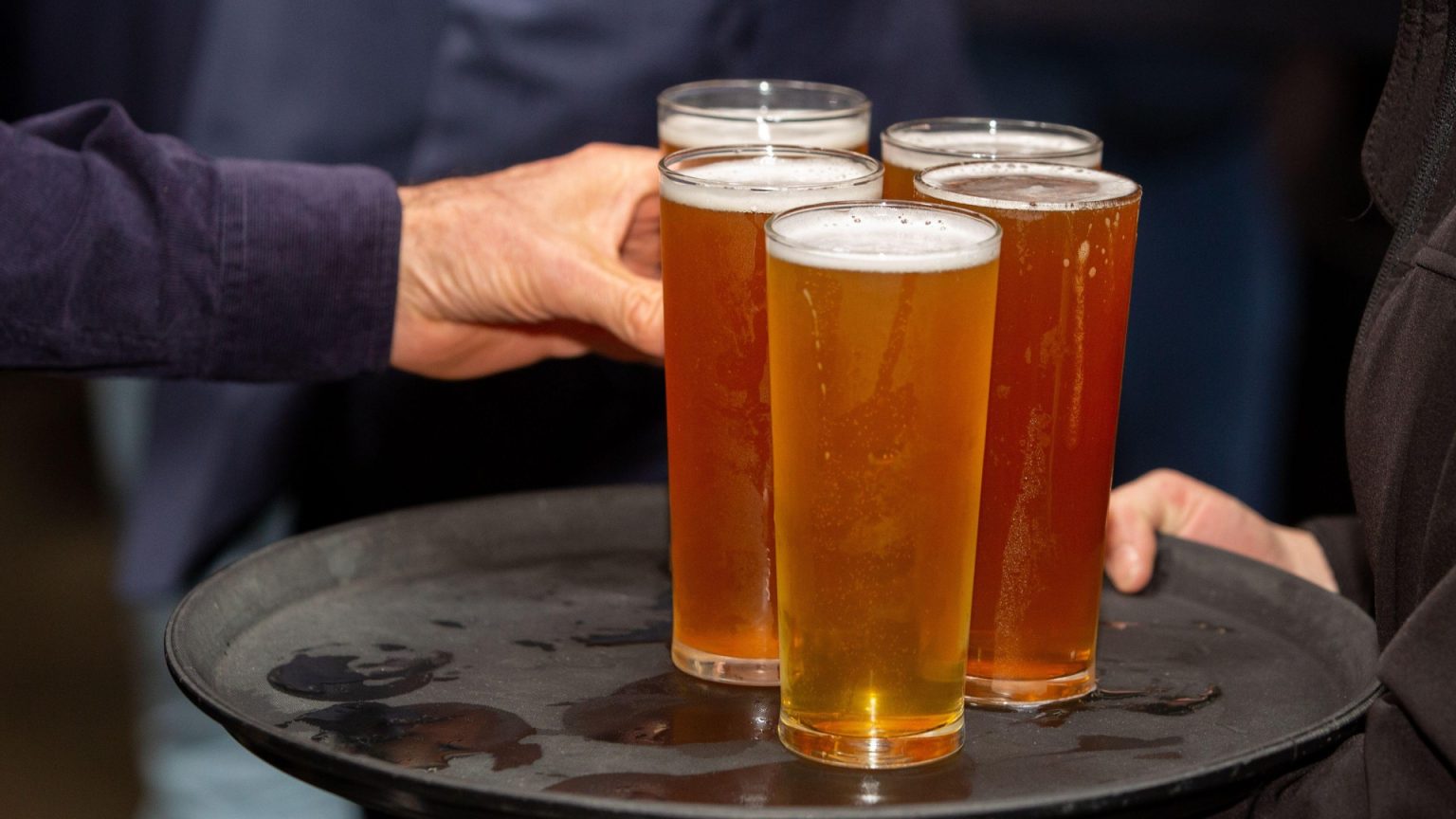The Rise of "Drinkflation": Brewers Lower Alcohol Content Amidst Rising Costs and Tax Hikes
The alcoholic beverage industry is undergoing a significant transformation, with numerous well-known beer brands quietly reducing the alcohol by volume (ABV) of their products. This practice, dubbed "drinkflation," mirrors the "shrinkflation" phenomenon in the food industry, where product sizes are reduced while prices remain the same or even increase. Drinkflation is driven by several factors, most notably escalating production costs, particularly due to the alcohol duty rates implemented in August 2023. These rates, linked to the Retail Price Index (RPI), significantly impact the cost of producing or importing alcoholic beverages, particularly those exceeding a certain ABV threshold. The new tax structure creates a considerable cost differential: drinks with 3.4% ABV or less are taxed at £9.27 per liter of alcohol, while those at 3.5% ABV or higher face a levy of £21.01 per liter. This stark difference incentivizes brewers to lower the ABV of their products to mitigate costs and maintain profit margins.
The impact of these changes is widespread, affecting a range of popular beers. Heineken, for instance, has lowered the ABV of its SOL brand from 4.2% to 3.4%, citing cost-saving measures and efforts to lessen the impact of inflation on consumers. Similarly, Grolsch has undergone a reduction from 4% to 3.4% ABV, a move met with considerable consumer dissatisfaction. The brand had previously been relaunched at 5% ABV after a period of discontinuation, making this recent reduction even more noticeable to loyal drinkers. Kronenbourg has also seen a reduction, albeit smaller, from 5% to 4.6% ABV. These changes have not gone unnoticed by consumers, many of whom express frustration and disappointment with the altered taste and perceived reduced value of their favored beverages. Even before the August 2023 tax hikes, some breweries had already implemented ABV reductions, foreshadowing the current trend.
The trend extends beyond internationally recognized brands. Hophead, a popular ale, has also seen its ABV lowered from 3.8% to 3.4%, despite landlords continuing to pay the same wholesale price. Similarly, Banks Amber Ale underwent a reduction from 3.8% to 3.4% ABV, while simultaneously experiencing a price increase. John Smith’s Extra Smooth bitter has also been affected, with its ABV dropping from 3.6% to 3.4%. While Heineken attributed this change to promoting moderate drinking habits, consumers remain skeptical. These changes reflect a larger trend of brewers attempting to balance rising costs with consumer preferences for lower ABV options. However, the simultaneous price increases or maintained prices for weaker products generate a sense of unfairness among consumers.
The ABV reductions are not confined to beers alone. Fosters lager, an iconic Australian brand distributed by Heineken, saw its ABV decrease from 4% to 3.7% in 2022. Heineken’s explanation, again citing consumer preference for lower ABV drinks, mirrors the rationale provided for other brands. However, the recurring pattern of these reductions raises suspicions about cost-cutting measures being the primary driver behind the changes. Further investigation reveals that even seemingly niche or craft beers have not been spared. Brands like Spitfire Amber Ale, Bishops Finger Kentish Strong Ale, and Old Speckled Hen Pale Ale have all seen reductions in their ABV, ranging from 0.2% to 0.3%. These changes, while seemingly minor, can significantly alter the taste profile and overall experience for discerning beer enthusiasts.
The broader implications of drinkflation are complex. While some argue that lower ABV options cater to evolving consumer preferences for healthier and more moderate drinking habits, others view the practice as a deceptive way for manufacturers to maintain profit margins amidst rising costs. The Campaign for Real Ale (CAMRA) acknowledges that lower ABV taxation can stimulate innovation, but also stresses the importance of higher ABV options for certain beer styles. Consumer choice is paramount, and CAMRA advocates for a diverse market offering a range of ABVs.
The current landscape presents a challenge for both consumers and brewers. Consumers face the prospect of paying the same or more for beverages with reduced alcohol content. Brewers, on the other hand, must navigate the complexities of rising costs, changing consumer preferences, and tax regulations. Finding a balance between affordability, product quality, and consumer satisfaction remains a key challenge for the industry. The rise of drinkflation highlights the impact of economic pressures on consumer goods, prompting a debate about transparency and value in the alcoholic beverage market.
While navigating the evolving landscape of alcoholic beverage pricing and product offerings, consumers can employ several strategies to maximize their spending power. Comparing prices across different retailers and utilizing comparison websites like pricerunner.com or trolley.co.uk can help identify the most cost-effective options. Taking advantage of supermarket promotions, such as multi-buy discounts on wine and spirits, can lead to significant savings. Loyalty programs offered by retailers can also unlock exclusive discounts and offers. For wine enthusiasts, joining a wine club can provide access to discounted prices and the opportunity to explore new varieties, though it’s crucial to weigh the membership fee against anticipated purchase volume. These strategies empower consumers to make informed purchasing decisions and mitigate the impact of rising prices and drinkflation.


